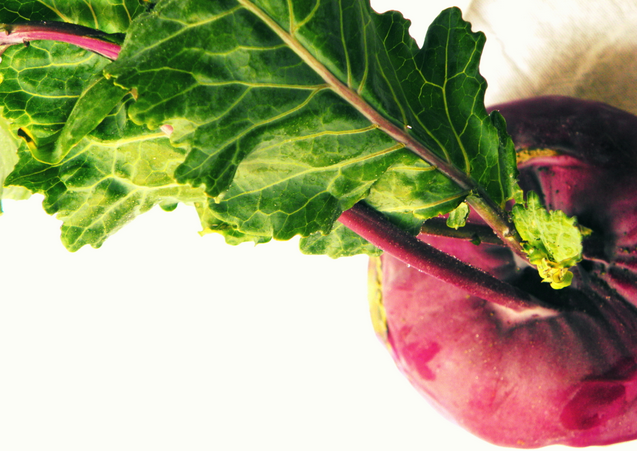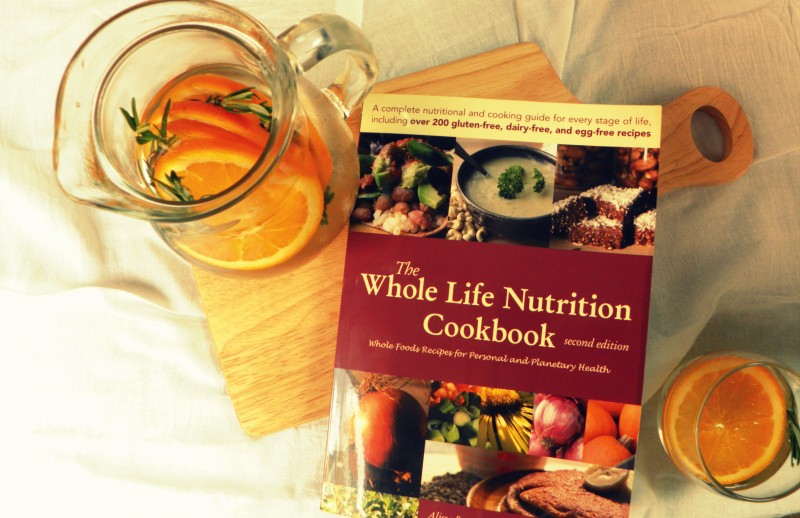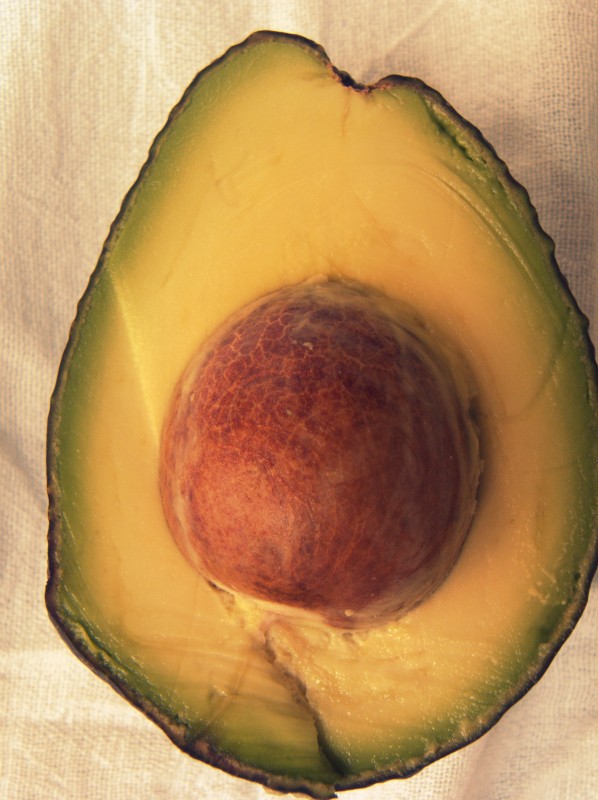
Over the past several decades, we have seen a dramatic increase in obesity, heart disease, diabetes, and other chronic illnesses. It is no coincidence that Americans began to develop these problems with the rise of processed foods, beginning in the 1940s. During WWII, there was a need to provide our soldiers with things they could eat and drink without any preparation or clean up. M&M’s candies were invented for this purpose, as was instant coffee by Maxwell House. We developed processed foods because we were at war, and it was needed. However, after WWII, the processed foods industry boomed and Americans began to place convenience before health when it came to food. True, the negative consequences may have been undiscovered, however decades later, we know these chemical laden “foods” are detrimental to our health, yet we still eat them.
Melanie Warner’s recent publication, Pandora’s Lunchbox: How Processed Food Took Over the American Meal, delves into the scary truth of what these fake foods are really made of.
“Processed food represents an entirely new way of eating for us as human beings. Our diets have changed more in the last 100 years than they have in the last 10,000. So much of what we see in the middle aisles at grocery stores and on fast food menu boards simply didn’t exist a century ago.” -Warner
Ok, so things have changed, big deal? HUGE deal. Warner points out that this rapid change in everyday diet has not taken into account the basic biology of a human being’s metabolism. While technological advances have allowed us to rapidly change the way we eat, our bodies have not changed. Our bodies are the same as they were long before processed cheese slices, boxed cereals, chemical flavor enhancers, preservatives, and GMO’s (click here to learn more about food additives). Our perception of “easy” when it comes to feeding our families is skewed. After a long day at work, it may seem painless to serve up a can of SpaghettiOs and an individual Koolaid packet (because who wants to take the time to make a whole pitcher?) to our children, but the eating habits we instill will not be “easy” for them down the road. Chronic illness has been directly linked to the chemicals and manufactured ingredients popular today. It almost seems as if this has been accepted by society. People begin to think it’s normal to feel bloated and sluggish after a meal. Heartburn is just what happens; it’s a part of life. This sad reality is forcing humans to become out of sync with their own bodies.
Large companies like Monsanto, Pepsico Inc., and Tyson Foods Inc. (remember those frozen buffalo “wings” everyone loved?), all have one goal. Money, the driving force of all things it seems. They are not concerned with the actual health of their consumers. Through clever marketing, packaging, competitive pricing, and addictive chemical ingredients, these monster sized corporations make millions by roping in consumers again, and again, and again. Many foods have even become “iconic” in our culture. Take Hostess (now with a new owner, hooray… why couldn’t it just go away?), they successfully made the Twinkie a part of classic Americana. What about being known for fresh, organic foods? Southern Italy is known for lemons, Greece has their olives, Philippines has coconuts, Spain, oranges. What do we have? Twinkies. TWINKIES.
So what now?

“The doctor of the future will give no medication, but will interest his patients in the care of the human frame, diet and in the cause and prevention of disease. “ –Thomas Edison
I would rather have a kitchen full of whole, healing foods, than a medicine cabinet full of pills and chemical potions. A healthy body begins with what we eat. Once we eat wholesomely, we can begin to enjoy the whole experience of eating. The company, the atmosphere, the smell, the time of day, the comfort of nourishment and the joy of living. It all opens up to us when we make the transition to eat beautifully. Alissa Segersten and Tom Malterre, MS, CN, have worked together to write a wonderful book called The Whole Life Nutrition Cookbook. The simplicity and sensible way of which this book was written really resonates with me. It’s fantastic for those who are interested in beginning their journey to whole foods while still being completely relevant for the seasoned nutritionist. I really suggest giving it a read if you are at all interested in your health (and no, it’s not only vegetarian, they wiggle in meat and dairy as well).

In the early pages, Segersten and Malterre introduce the 7 Good Reasons to Eat Whole Foods. It’s so simple!
- To Promote Intestinal Function – Healthy tubes=healthy bod.
- To Decrease Cellular Damage- Not all things free are good, ahem, free radicals, ahem.
- To Decrease Systemic Inflammation- Heavy consumption of refined sugar, animal products, refined oils, and refined carbs can promote arthritis, heart disease, diabetes, high blood pressure, osteoporosis, and cancers. No one wants to live inflamed.
- To Support Optimum Organ Function- Optimal nutrients and fibers means smooooooth sailing.
- To Assist with Hormonal Balance- Estrogen can become a helpful molecule, a harmful molecule, or a REALLY harmful molecule.
- To Regulate the Immune System- It’s not all about Vitamin C.
- To Maintain a Healthy Weight- Quality > Quantity when it comes to foods. Make healthy choices and our bodies will follow.

Focusing on greens, vegetables, fruit, whole grains, beans, lentils, nuts, seeds, sea vegetables, unrefined oils, natural sweeteners, and even a little dairy and meat, the yummy options are endless for eating well. At the center of it all is getting adequate exercise, sunshine, and fresh air. We may not be able to directly control the situations that arise in our everyday lives, but we can make sure we are in optimal health to take on whatever the world has to throw at us. Healthy body, healthy mind.
There are so many wonderful tidbits of information crammed into The Whole Life Nutrition Cookbook that I could go on for days. Our impact on the environment, gluten free help, egg allergies, dairy intolerance, whole food guides, organics, and most importantly, RECIPES! I am excited to try their take on a Thai Coconut Vegetable Soup and their Sunny Sunflower Seed Burgers. Yum.
We have a choice. We can learn. By choosing whole foods and listening to our body’s feedback, we can experience true nourishment and be happy. It is not about dieting, it’s about making consistent healthy choices; allowing us to be nourished and to thrive on the vibrations of life.




Leave a Reply